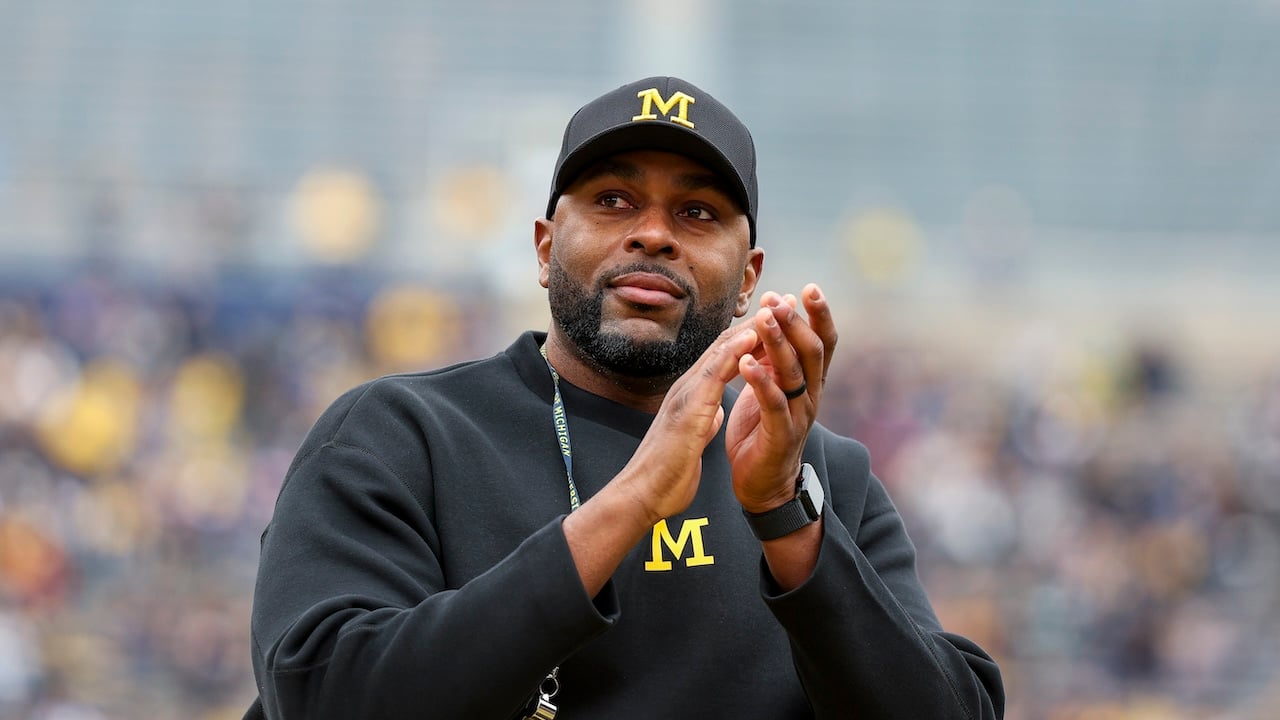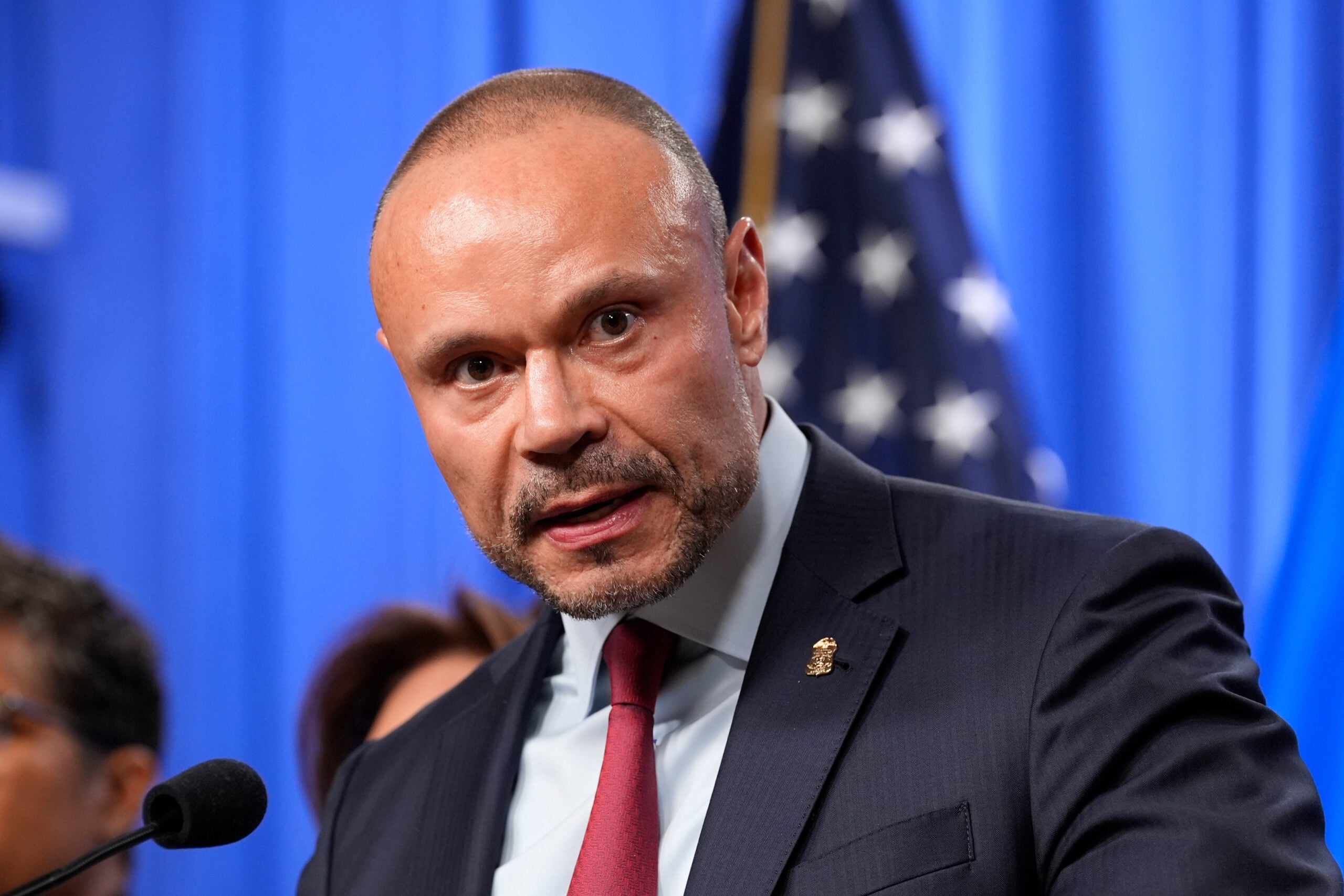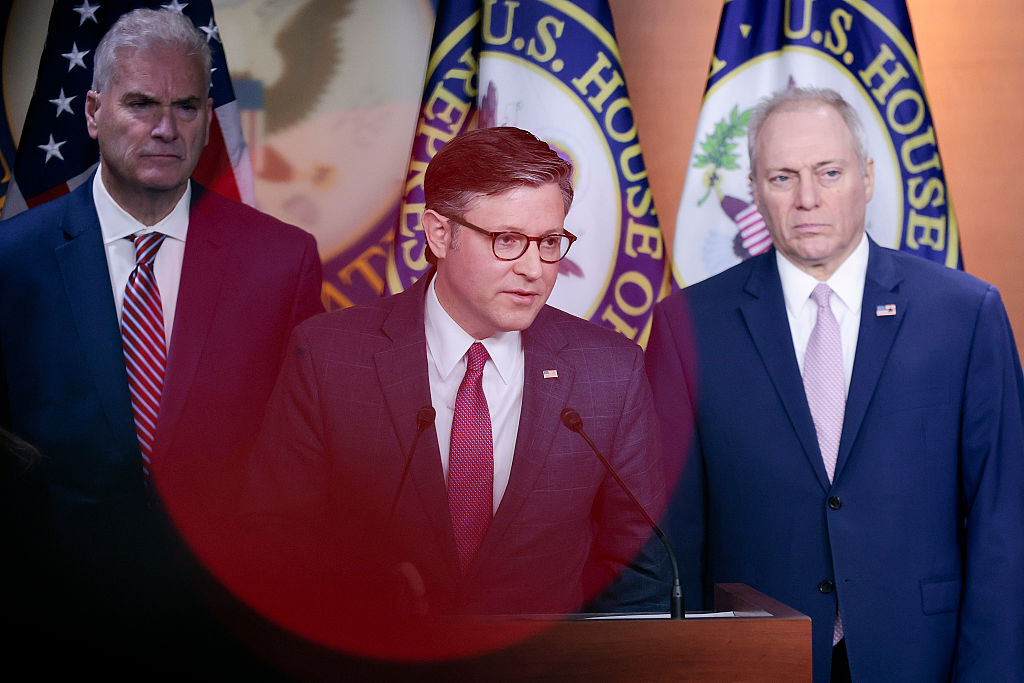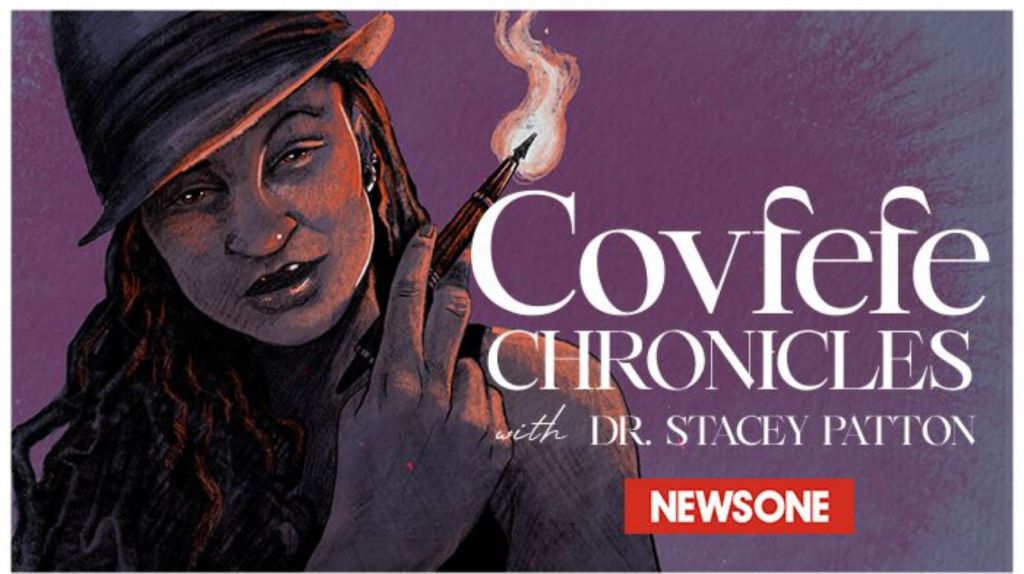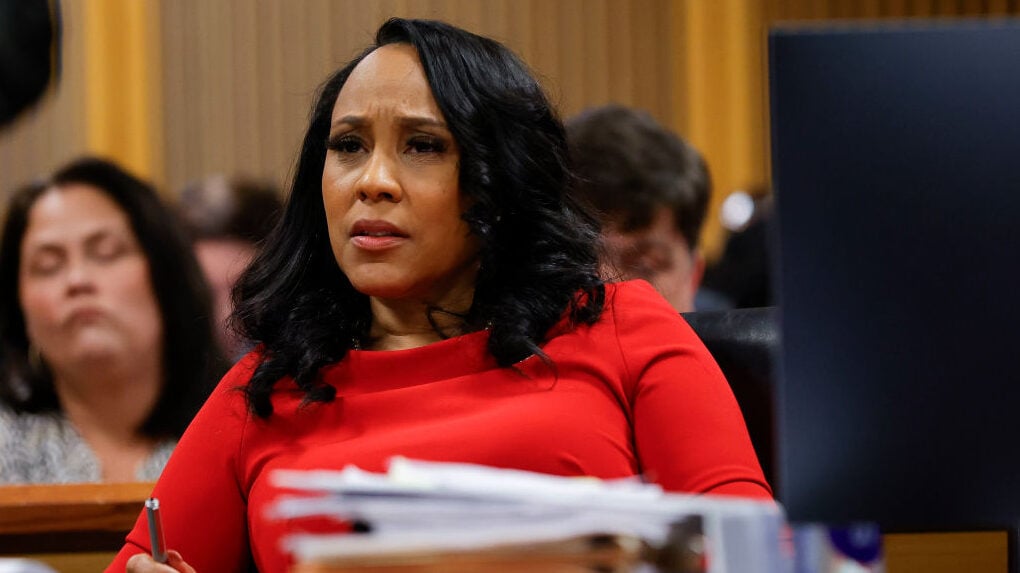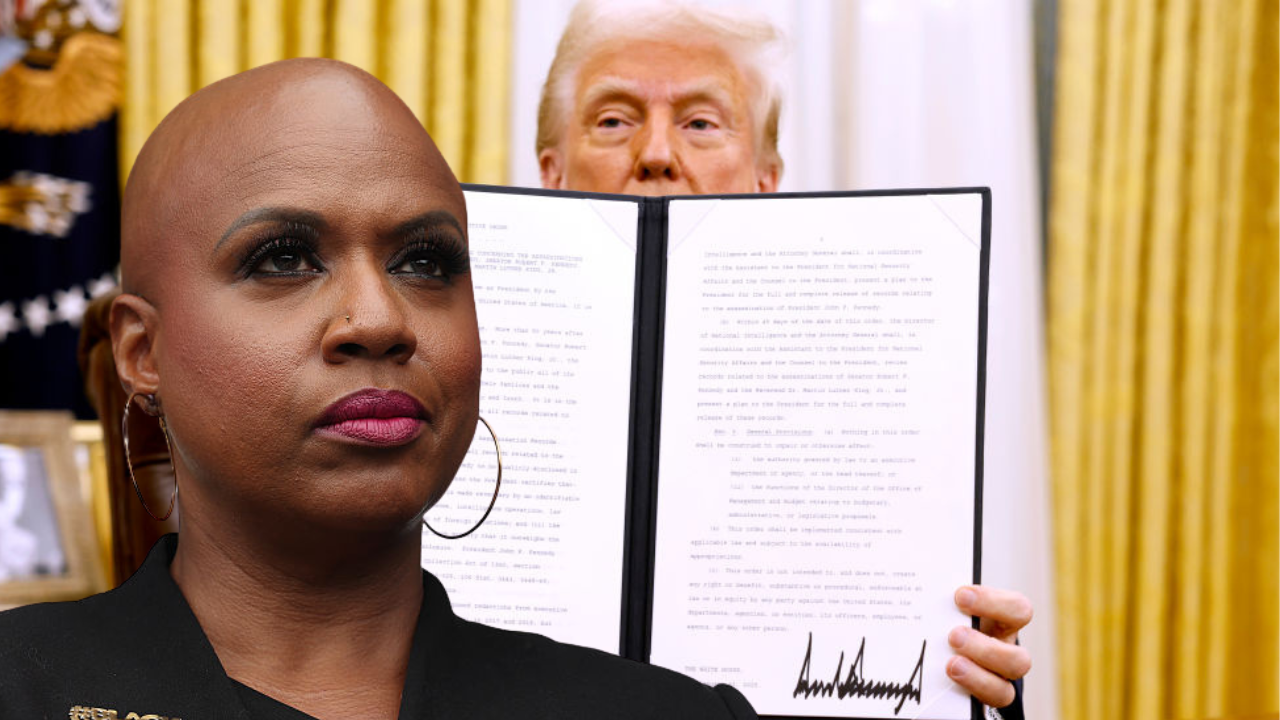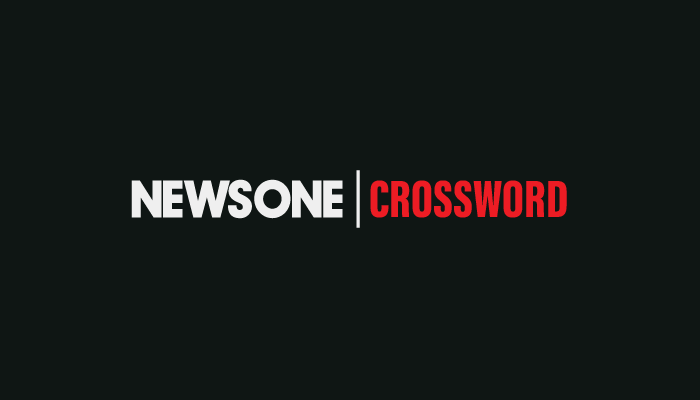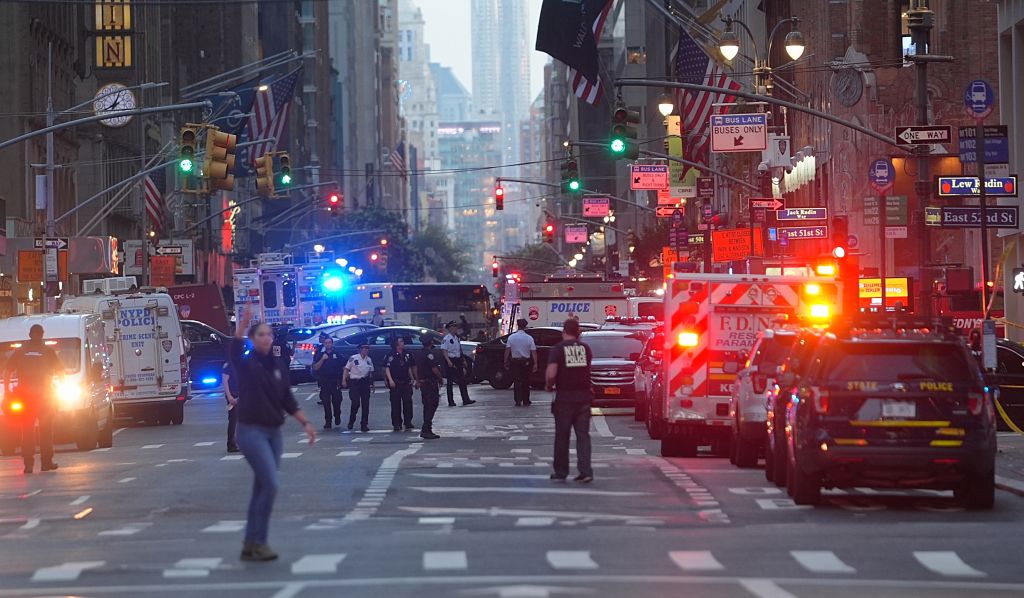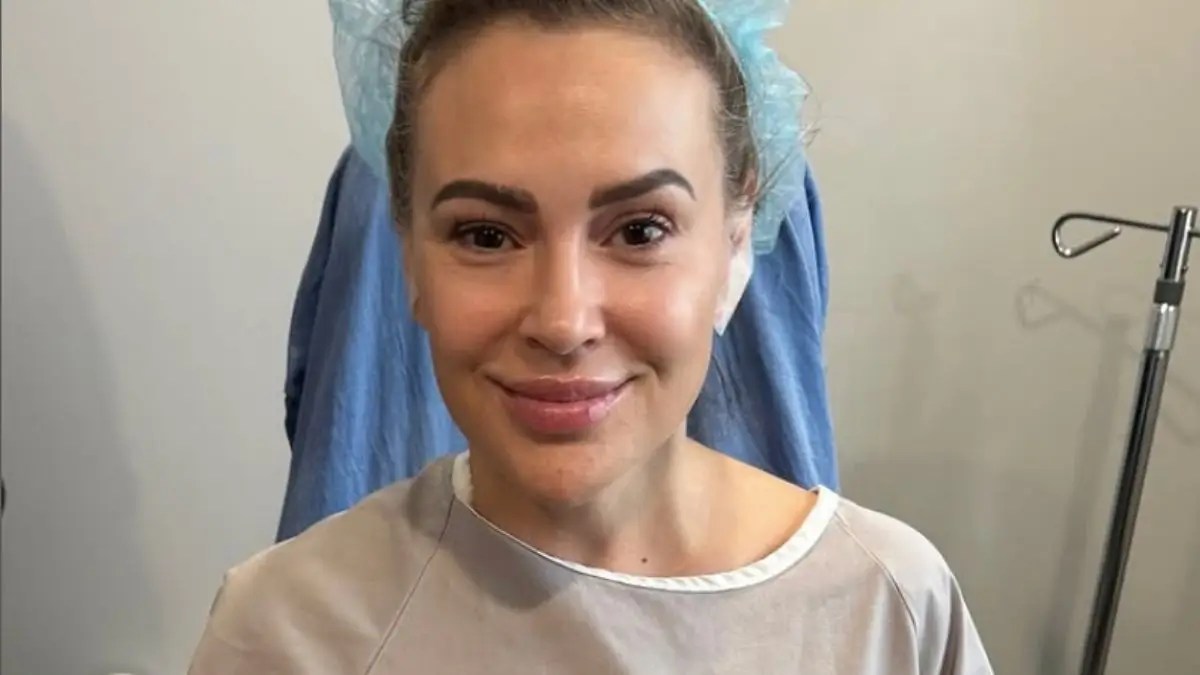How D’Angelo stripped down R&B

To understand just how audacious D’Angelo’s defiantly low-fi debut single “Brown Sugar” sounded on the radio in the summer of 1995, you’d have to look back at the urban music landscape of that year.
The burgeoning hip-hop soul movement, led by its queen, Mary J. Blige, was at full throttle from artists such as Jodeci and Brandy to Adina Howard and R. Kelly. Rap was dominating the charts and the culture as 2Pac, Da Brat, 8Ball & MJG, the Roots, Goodie Mob, Bone Thugs-N-Harmony, the Wu-Tang Clan crew, and Mobb Deep all released seminal albums.
Boyz II Men and TLC were all over MTV. And pop sirens Mariah Carey and Whitney Houston re-embraced their rhythm and blues roots. Carey even borrowed a page from Blige’s book, singing over a sample of the Tom Tom Club’s 1981 jam “Genius of Love” and sharing the booth with hip-hop wildman Ol’ Dirty Bastard on her chart-topping remix for “Fantasy.”
Yet D’Angelo, who died Oct. 14 at the age of 51 after a private battle with pancreatic cancer, was a mercurial outlier. The cornrow-haired and baggy-pants-wearing, Richmond, Virginia, native looked like he had just stepped out of a rhyme cypher, but had an anointed gospel voice of a choir director from his grandfather Elder Linberg Cox’s Pentecostal Refuge Assembly Church. D’Angelo’s sound wasn’t trendy or shiny like his R&B contemporaries. It was excavated soul.
D’Angelo effortlessly channeled jazz organist Jimmy Smith, possessed a falsetto that could make Smokey Robinson blush, and crooned over boom-bap beats that sounded like they were produced at a studio session for his favorite hip-hop group A Tribe Called Quest.
And the GOATS (Greatest of All Time) loved the kid.
Chaka Khan called him a genius. Parliament mastermind George Clinton praised him as a worthy successor to soul giant Marvin Gaye. Even his hero, the elusive Prince, who jammed with D’Angelo, knew he was the real deal.
“I crave great musicianship, and I don’t care who provides it,” the Purple One said in a 1997 MOJO interview. “I’ve got no problems saying I dig D’Angelo.”
For legendary music engineer Bob Power, who co-produced D’Angelo’s platinum debut Brown Sugar, hearing the 19-year-old’s demo in 1993 was a revelation.
“Holy f— was my reaction,” Power told me last summer for a HITS Magazine piece on the gifted talent. ”I come from an older R&B background where in college I played in R&B bands and we did Marvin and Al Green covers, so that was my reference for D’Angelo. D’s music was sort of like old school, real gutbucket R&B filtered through the eras of someone who grew up listening to hip-hop.”
But the gospel music-reared D’Angelo was so much more.
“I’ve been playing piano since I was 3,” the Grammy-winning, multi-instrumentalist said of his musical journey to author and filmmaker Nelson George in a rare 2014 Red Bull Academy sit-down. “I had always wanted to just get some more jazz chops. I studied for two years, when I was like 12 or 13, classical music.”
In hindsight, it’s quite remarkable that many of the same songs recorded in D’Angelo’s tiny Richmond, Virginia, bedroom would single-handedly unleash the throwback, neo-soul movement headlined by such like-minded, stripped down, analog icons as Erykah Badu, Maxwell, Bilal, Jill Scott, India Arie and D’s late former significant other — songwriter, collaborator and acclaimed vocalist Angie Stone. Listening to Brown Sugar today feels like breathlessly taking in a greatest hits album.
Skip Bolen/WireImage
The LP’s hazy, blissed out title track could be a love song about a girl or an ode to Snoop Dogg’s favorite recreational hobby (“See, we be making love constantly/That’s why my eyes are a shade blood burgundy. …”). The joyful Raphael Saadiq co-produced “Lady,” “Jonz in My Bonz;” “Sh–, Damn, Motherf—er,” “Me and Those Dreamin’ Eyes of Mine,” “When We Get By,” and “Higher” provided the sonic backbone of the album, and announced D’Angelo’s arrival on the scene.
Yet D’Angelo was leery of being hailed as the big bang creator of an entire genre.
“I never claimed to do neo soul,” he confessed to The Guardian in 2014. ”I said I do Black music.”
And for D’Angelo, “Black music” was a limitless pursuit. You can certainly hear that philosophy in the songs he covered over the years. He could go toe-to-toe with guitar hero Eric Clapton on the heartbreaking Curtis Mayfield and the Impressions ballad “I’ve Been Trying.” And D could flip the cold rock-funk of Prince’s storied B-Side “She’s Always In My Hair.”
The same serious music head who swung with swaggering impunity on Johnny “Guitar” Watson’s cheeky wah-wah jam “Superman Lover” was also a hopeless romantic who embraced the SOS Band’s ‘80s quiet storm nostalgia of “Tell Me If You Still Care” onstage with brother-in-spirit and Roots frontman/percussionist Questlove. In D’Angelo’s world, James Brown, Roberta Flack and Rakim all held the same majestic weight.
And yet for all his brilliance, D’Angelo’s musical catalog was frustratingly brief: He produced just three albums over a 30-year period. He made the famously reclusive Sade look prolific. D’s much-publicized bouts with writer’s block and substance abuse in the mid-2000s contributed to his sporadic output. It’s a subject that D’Angelo opened up about this year in one of his last interviews for Questlove’s Oscar-winning doc, Sly Lives! (aka The Burden of Black Genius), on elusive psychedelic soul-funk groundbreaker Sly Stone.
“Yeah, man, some people do want to put you on that pedestal,” he said of the crushing pressure to live up to the adulation of being labeled a “Black genius.” “Like you are a spokesperson for all Black people. They’re depending on you, and they’re counting on you. It’s enough just… navigating and coping through the change in your life that happens when you become a celebrity or somebody that is, you know, quote-unquote, ‘famous.’ Just that within itself is a huge paradigm shift.”
Still, D’Angelo’s compact studio work remains all-killer, no filler. His bold 2000 follow-up, Voodoo, was a quirky, dirty, sexy, funky, spiritual, critically acclaimed work that sold 320,000 copies in its first week. And the Voodoo tour was electric. D played Fender Rhodes (piano), sang into the heavens, danced and did the splits. His cracking band, a Murderers’ Row outfit that included drummer Questlove, bassist Pino Palladino, keyboardist James Poyser, and trumpeter Roy Hargrove, created the template for future soulful jazz adventurers like Kamasi Washington, Thundercat, and Terrace Martin.
Yet it was the alluring “Untitled (How Does It Feel),” complete with its memorable, highly suggestive, one-shot camera music video that remade the newly, finely chiseled D’Angelo into a global sex symbol. The frenzy that erupted as he performed the bedroom classic live, however, derailed his peace of mind.
“He got a kick out of shooting the clip and stood by it as a marketing tool,” D’Angelo’s road manager, Alan Leeds, recalled on Facebook, following the singer’s death. “But when excited audiences began shouting for him to ‘take it off,’ he nearly cancelled an entire tour! ‘Hey Pops, they thinkin’ we some kind of Chippendales s–t up here?’ he asked me.”
D’Angelo fell victim to the rewards and pressures of stardom, but he eventually emerged from that dark period as a focused band leader who surprised fans once again, picking up the guitar as his new choice of weapon. He and his new group of musicians he dubbed the Vanguard (among the new players was Grammy-winning Prince collaborator and the Time ace guitarist Jesse Johnson) released the stunning 2014 album Black Messiah.
Inspired by the summer Black Lives Matter protests in 2020, D’Angelo called out police brutality, racism and what he saw as the blatant, state-sanctioned execution of his people. There were unabashed love songs and a sly nod to his past struggles (“I used to get real high, now I’m just gettin’ a buzz…”).
When Kendrick Lamar released his celebrated 2015 work To Pimp A Butterfly — a jazzy, socio-political declaration producer Terrace Martin cited as directly inspired by Black Messiah — D’Angelo praised the Compton lyricist’s revolutionary spirit and reverence for past Black innovators.
“He’s jacked into the roots, he respects the lineage,” D’Angelo said of Lamar. “The timing of both was kind of uncanny — it was almost a sign: Motherf—ers are making some sh–t that’s relevant to the times.”
And so we are left with the unmoored legacy of an artist who created soul music on his raw, unfiltered terms that can be heard in the music of SZA, Leon Thomas, H.E.R. and countless others. Following his passing, a disparate bevy of voices from Beyoncé and Tyler the Creator to former President Barack Obama posted tributes to the true funk soldier.
But it was Lauryn Hill, who collaborated with D’Angelo on the gorgeous Miseducation of Lauryn Hill album cut “Nothing Even Matters,” that offered arguably the most heartfelt testimony of the artist.
“Your undeniable beauty and talent were not of this world, and a presence not of this world needs protection in a world that covets light and the anointing of God,” she wrote. “You, sir, moved us, stirred us, inspired and even intimidated others to action with your genius.”
It’s fitting that D’Angelo’s final studio release, the unconventional, near 10-minute “I Want You Forever,” a 2024 meditation produced by Jeymes Samuel and featuring spoken words from Jay-Z, repeats the simple mantra: “All I wanna say is that I love you so much/I don’t wanna be without you, I want you forever.”
Same, D. Same.
The post How D’Angelo stripped down R&B appeared first on Andscape.
What's Your Reaction?
 Like
0
Like
0
 Dislike
0
Dislike
0
 Love
0
Love
0
 Funny
0
Funny
0
 Angry
0
Angry
0
 Sad
0
Sad
0
 Wow
0
Wow
0




